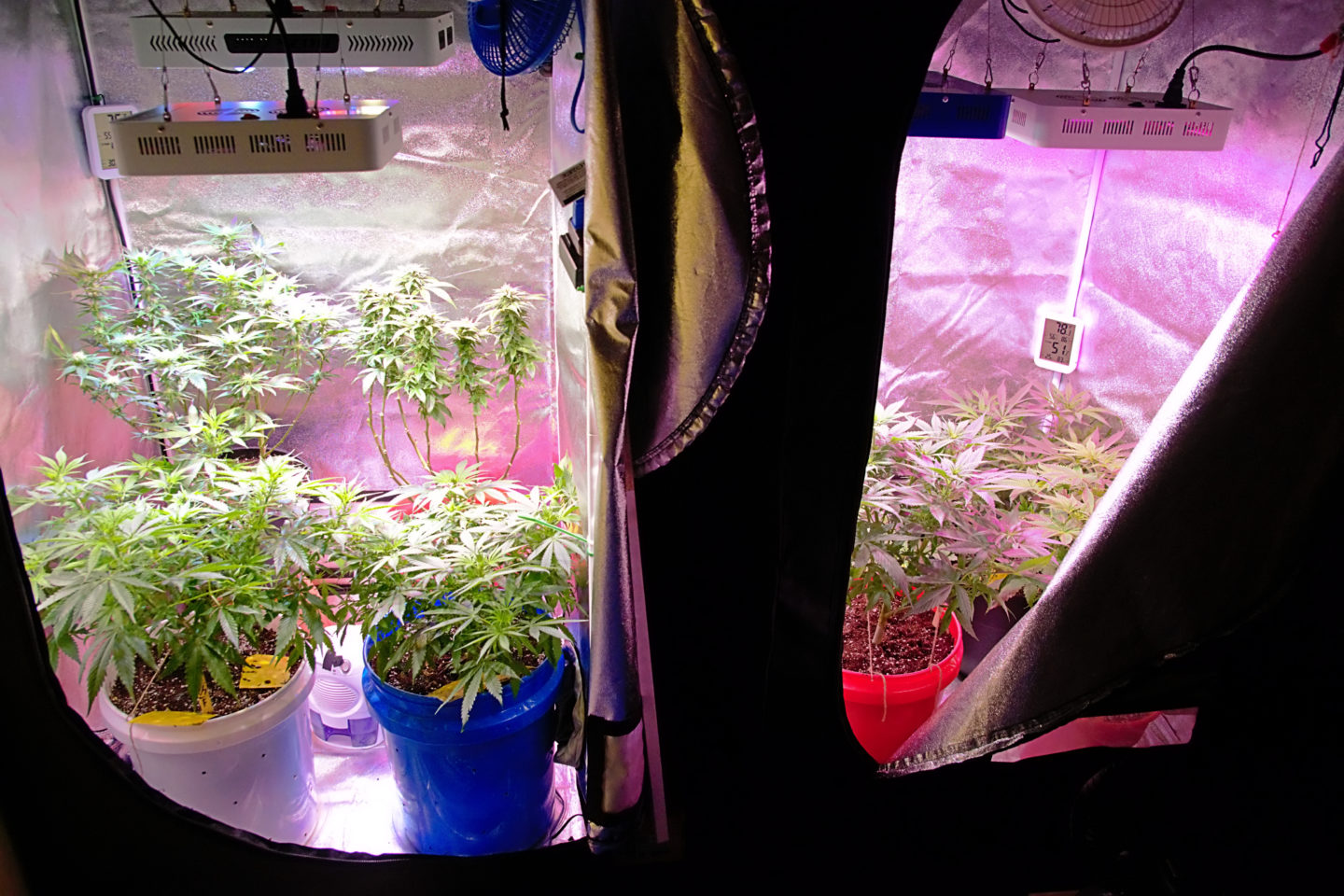Study Shows Growing Cannabis Uses Less Water than Previously Thought
FeaturedTrending Stories July 9, 2021 MJ Shareholders 0

A study from the University of California Berkeley Cannabis Research Center has determined that licensed cannabis cultivation operations use less water than previously thought. Researchers from the center began studying water use by cannabis growers in 2017, following the legalization of recreational marijuana in California the previous year.
Data for the study was collected from water use reports from growers licensed to cultivate cannabis and from anonymous farmer surveys. The research determined that cannabis farmers are irrigating their crops with water from several sources including streams, wells, captured rainwater, springs, and municipal water systems. Researchers found that most regulated cannabis operations use water from groundwater wells.
“There is growing concern over the impacts of cannabis farms on the environment and water resources in particular, yet data on cultivation practices and water use patterns have been limited,” the authors of the study wrote, and added, “The current study uses data reported by enrollees in California’s North Coast Regional Water Quality Control Board Cannabis Program to model how variation in cultivation practices and the use of stored water affect the timing and amount of water extracted from the environment.”
Van Butsic and Ted Grantham, co-directors of the Cannabis Research Center and adjunct fellows at the Public Policy Institute of California’s Water Policy Center, told local media that the study “hasn’t found cannabis to be particularly thirsty relative to other crops.”
“Legal, outdoor production uses about the same amount of water as a crop like tomatoes,” Bustic said.
Natalynne DeLapp, executive director of the Humboldt County Growers Alliance, noted that the average size of a cannabis farm in Humboldt County is about half an acre, while most farms for other agricultural products can cover hundreds or even thousands of acres.
“Add it all up, and we’ve estimated that a single, large almond farm in the Central Valley utilizes 33 times more water than all permitted Humboldt cannabis farms combined,” DeLapp said.
“Another way to look at thirstiness is to consider how much output is produced by a single gallon of water,” she continued. “For other crops like tomatoes, lettuce, or almonds, a gallon of water produces between a tenth of a cent to two cents of value in yield. For cannabis, a gallon of water produces nearly $7 worth of value. In that sense, cannabis is by far the most water-efficient agricultural product in California.”
Study Data Tells All
Hezekiah Allen, Director of Education at Sacramento licensed medical dispensary A Therapeutic Alternative, has worked in California’s cannabis industry nearly his entire life and has been closely involved in cannabis policy for the last decade. He says that the UC Berkeley study is “an ‘I told you so moment’ for me. While the environmental impacts of unregulated cannabis are significant and severe in California, the conversation has long been plagued by a lack of data and bad data based on prohibitionist stigma.”
“This report is a landmark moment in that it advances sound science and is realistic about the impacts of cannabis irrigation,” Allen wrote in an email to High Times. “Notably, that cannabis cultivation is a water-light crop. But even so, reliance on hydrologically connected groundwater is a real threat to sensitive and threatened rare upland aquatic habitat.”
Allen said that innovative regulation can help cannabis farmers use water efficiently, noting that in 2016, he worked with more than 1,000 growers and business owners to advance landmark policy to establish a new type of water right for small irrigators, particularly cannabis growers.
“This small irrigation use registration provides a streamlined option for cannabis growers to store abundant wet season water for use later during the dry season,” said Allen. “Using this approach, we can assure cannabis is not only California’s most valuable cash crop but also its most sustainable. The work from UC Berkeley underscores the importance of adopting this ‘storage and forbearance’ approach for cannabis irrigation.”
Tom Wheeler, executive director of the Environmental Protection Information Center, said that while he is concerned about the impact using well water will have on springs and surface water flows, overall, “the cannabis model is a good one.”
“It’s not to say that there aren’t potential issues with cannabis production and water use,” Wheeler said. “I think that the industry, generally, has done a better job of figuring out how to use a more limited and precious resource than other forms of agriculture. Hopefully, cannabis is kind of the first step towards better regulations for other forms of agriculture.”
MJ Shareholders
MJShareholders.com is the largest dedicated financial network and leading corporate communications firm serving the legal cannabis industry. Our network aims to connect public marijuana companies with these focused cannabis audiences across the US and Canada that are critical for growth: Short and long term cannabis investors Active funding sources Mainstream media Business leaders Cannabis consumers











No comments so far.
Be first to leave comment below.